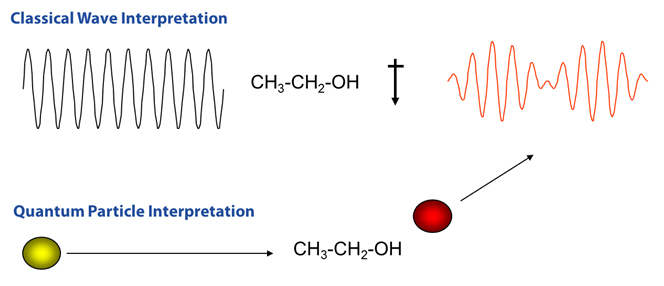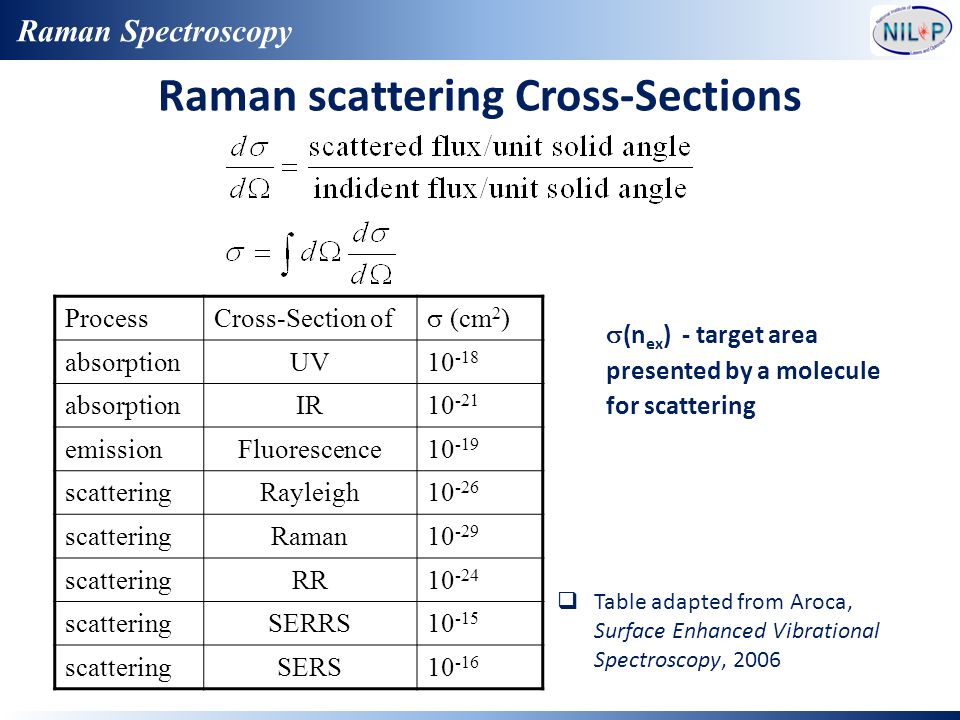Raman Cross Section

There seems to be consensus developing that estimates the sers cross sections between 6 to 8 orders of magnitude larger than the normal non resonant and resonant raman cross sections.
Raman cross section. Typically this involves vibrational energy being gained by a molecule as incident photons from a visible laser are shifted to lower energy. The present results are compared with previous measurements made at other wavelengths. For example the rutherford cross section is a measure of probability that an alpha particle will be deflected by a given angle during a collision with an atomic nucleus cross section is typically denoted σ and is expressed in terms of the transverse area that the.
The details could be found in our open access paper. Raman scattering or the raman effect ˈ r ɑː m ən is the inelastic scattering of photons by matter meaning that there is an exchange of energy and a change in the light s direction. A typical cross section for rayleigh scatter is 10 28cm2sr 1.
The differential raman cross sections of the main raman active vibrations have been measured in the gases n 2 o 2 h 2 co no co 2 so 2 n 2 o h 2 s nh 3 nd 3 ch 4 c 2 h 6 and c 6 h 6 using 488 0 nm laser light. Surface enhanced raman scattering. In physics the cross section is a measure of probability that a specific process will take place in a collision of two particles.
10 m2 surface enhanced raman scattering cross sec tions vary widely in literature reports. Again the exact value will depend upon the excitation frequency and distance from the absorption band. Because rayleigh depends upon the fourth power of the frequency the value will vary a bit.
A typical cross section for raman scatter is 10 30cm2sr 1. The main factors that affect raman peak intensity from single crystals are fre quency of the exciting laser raman cross section of the mineral which depends on the strength of the covalent bonding crystal orientation relative to the direction of laser beam polarization and l ng mnge chemical and structural ordering in the crystal. In this study we compared raman signal of sample and that of a reference water whose differential raman cross section is known.















